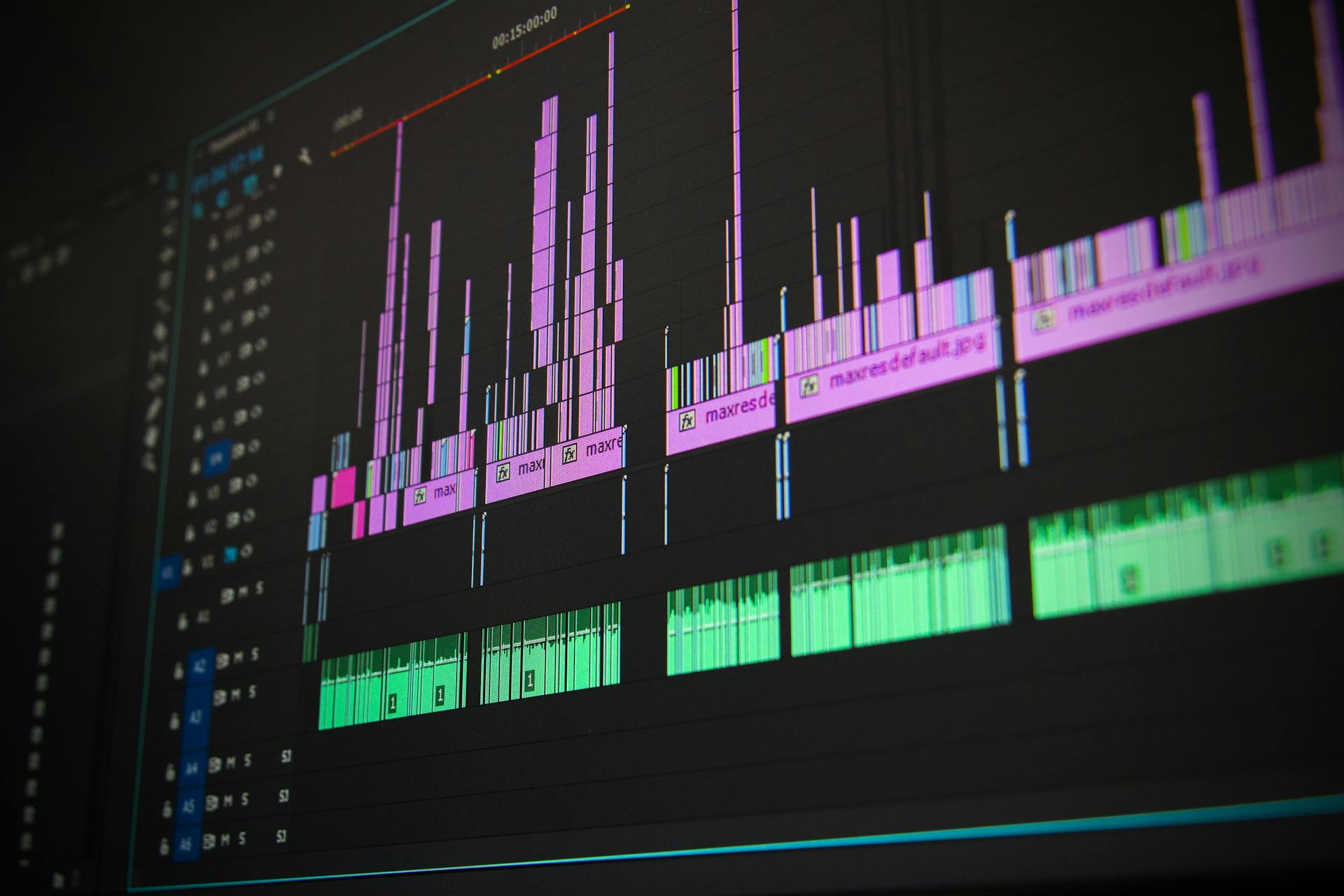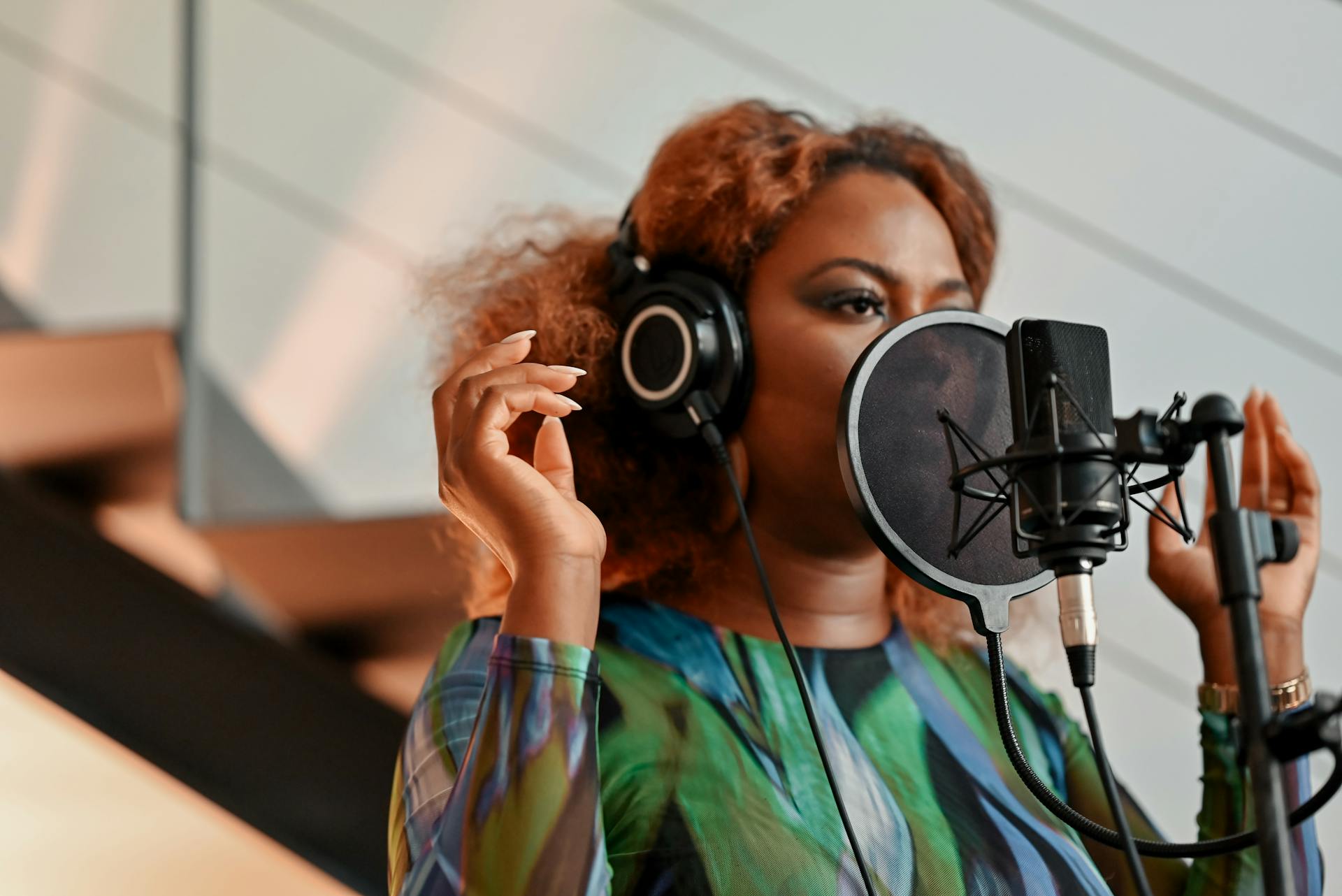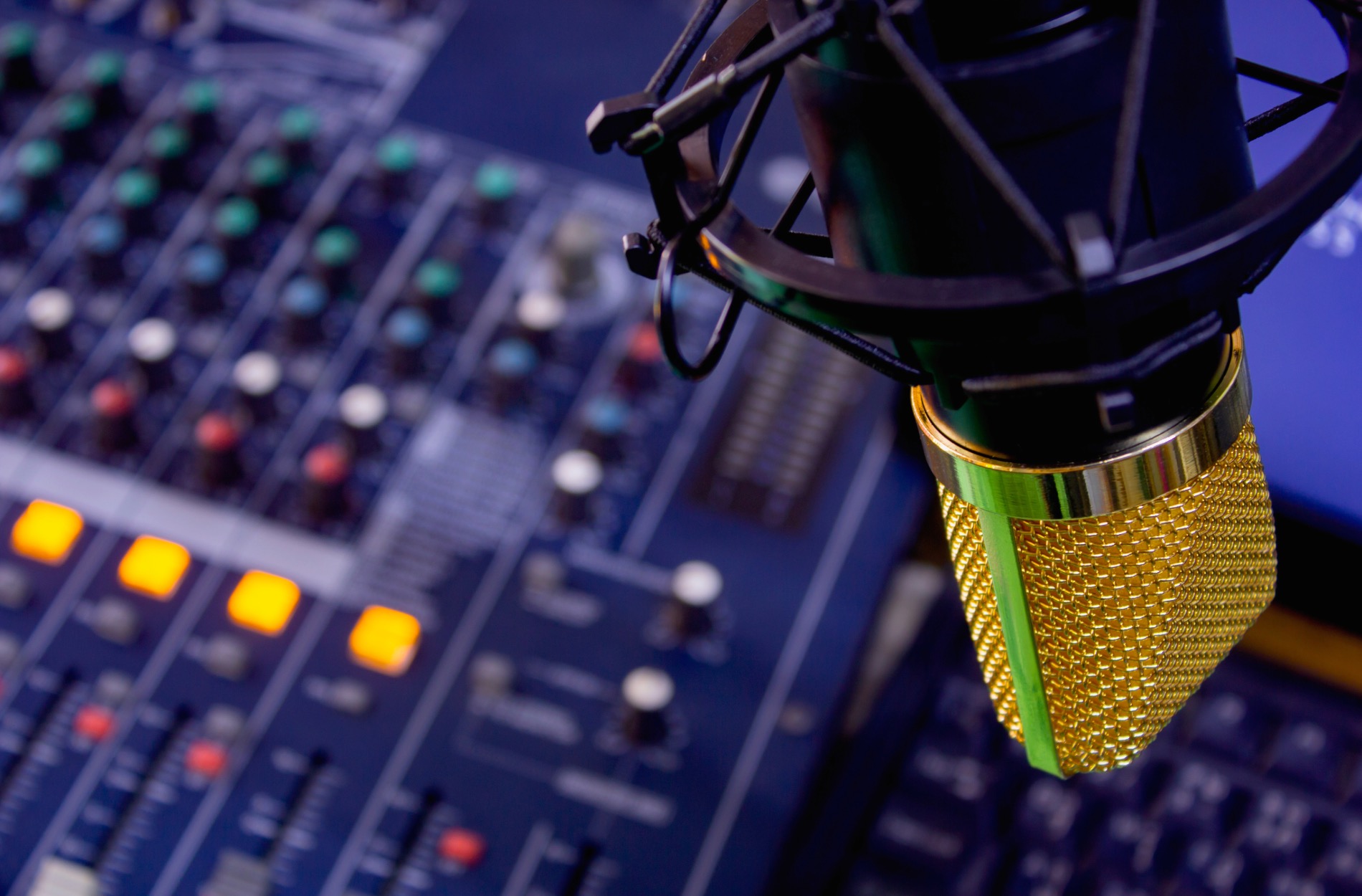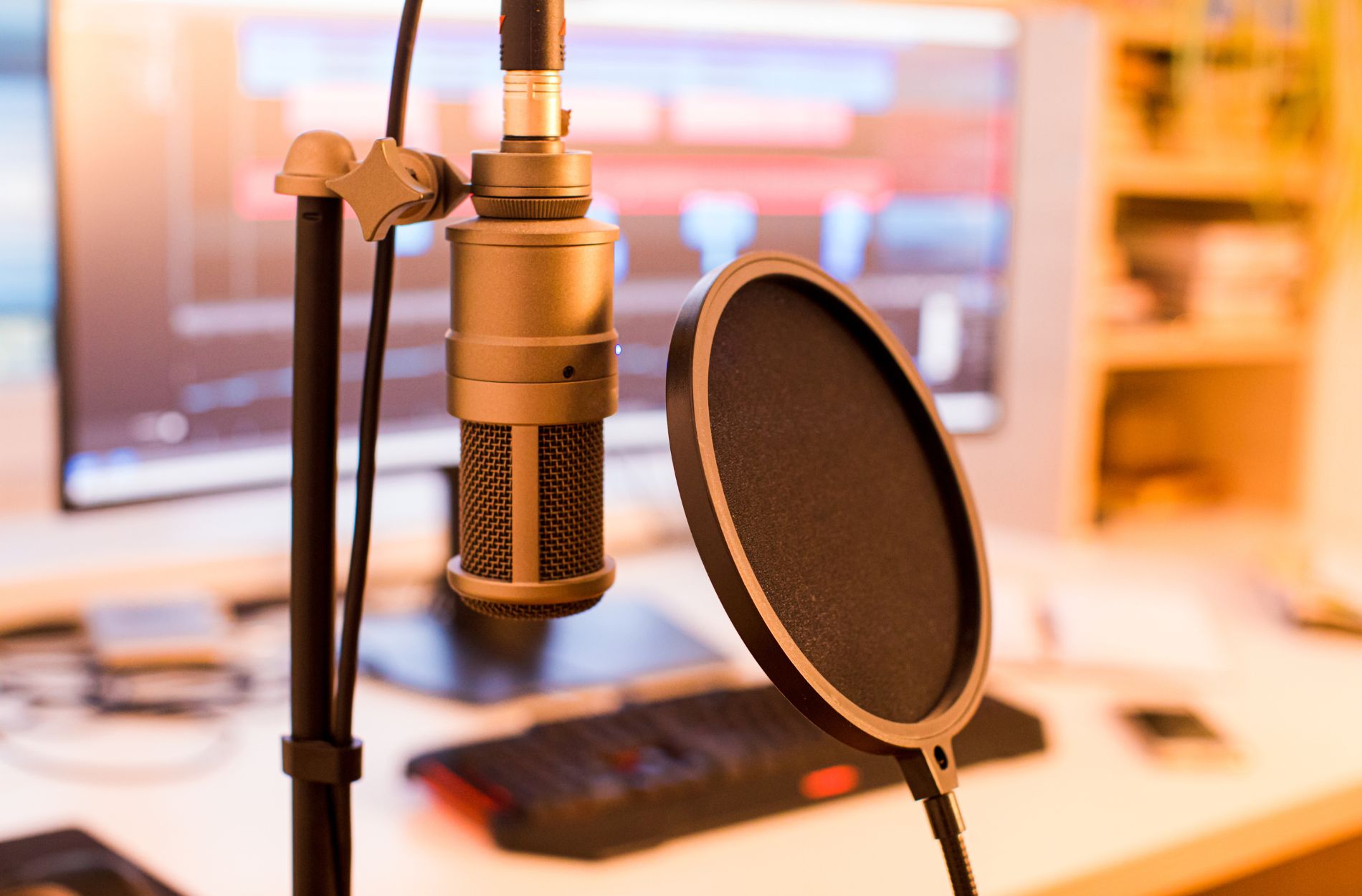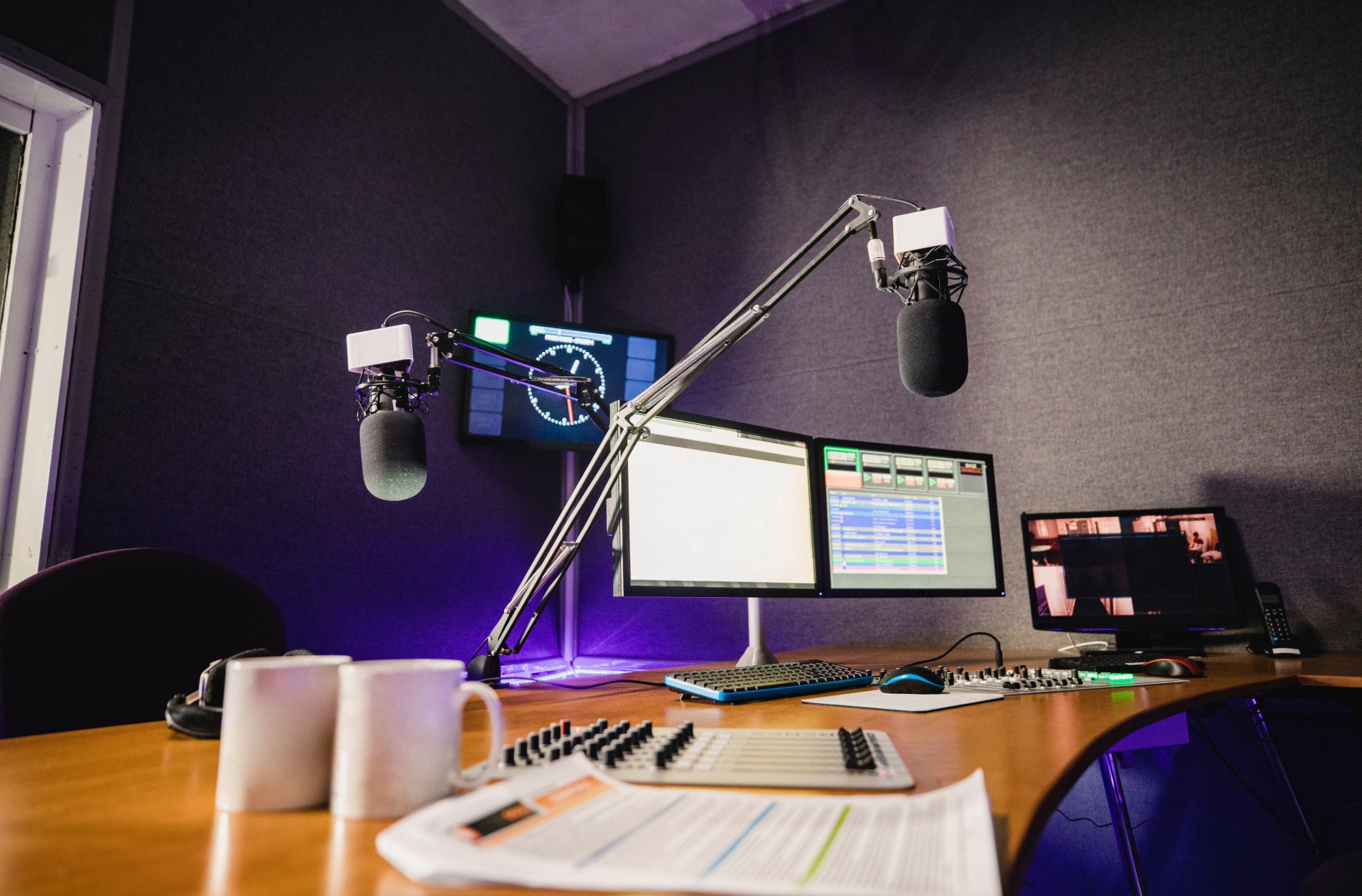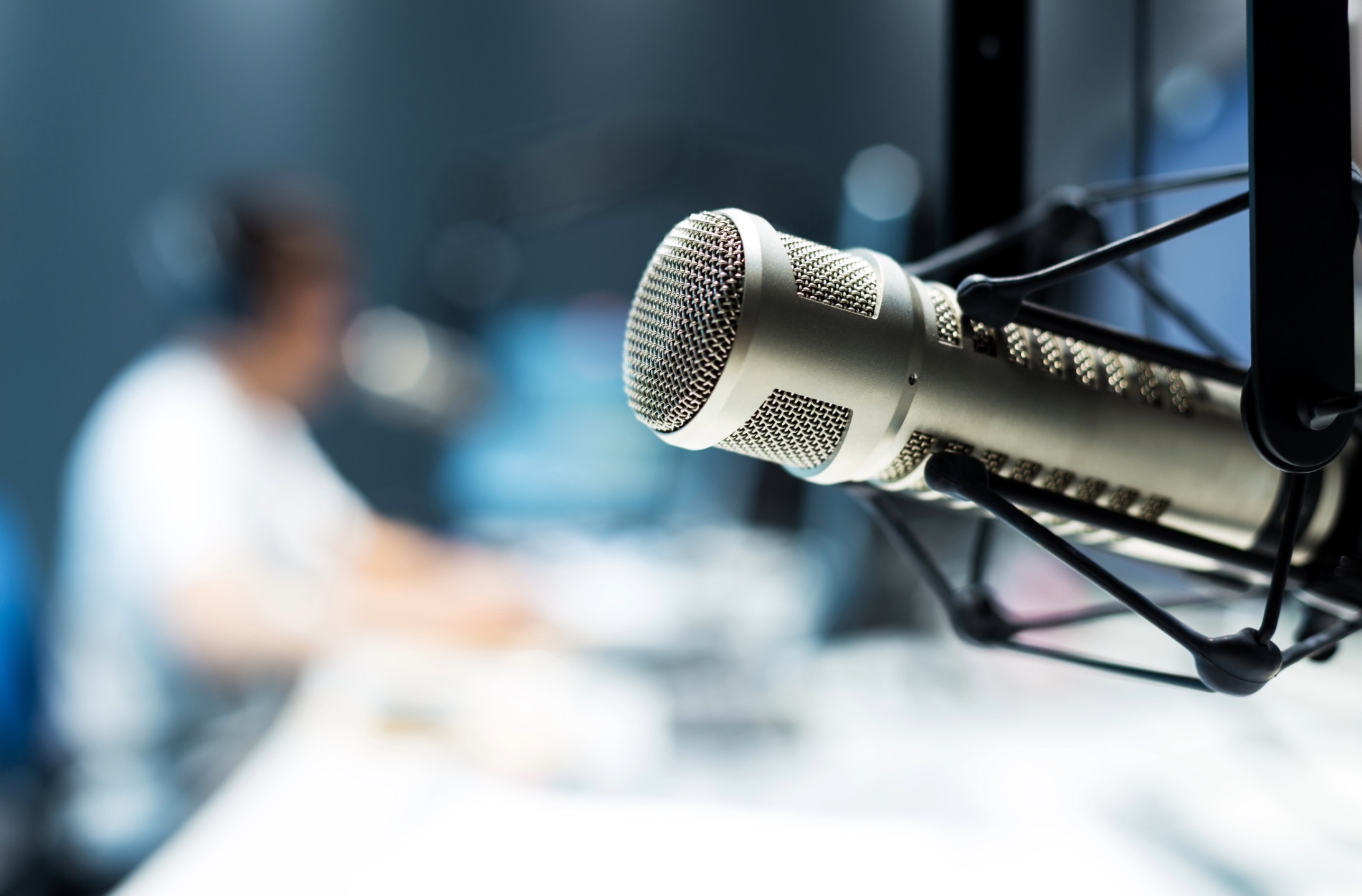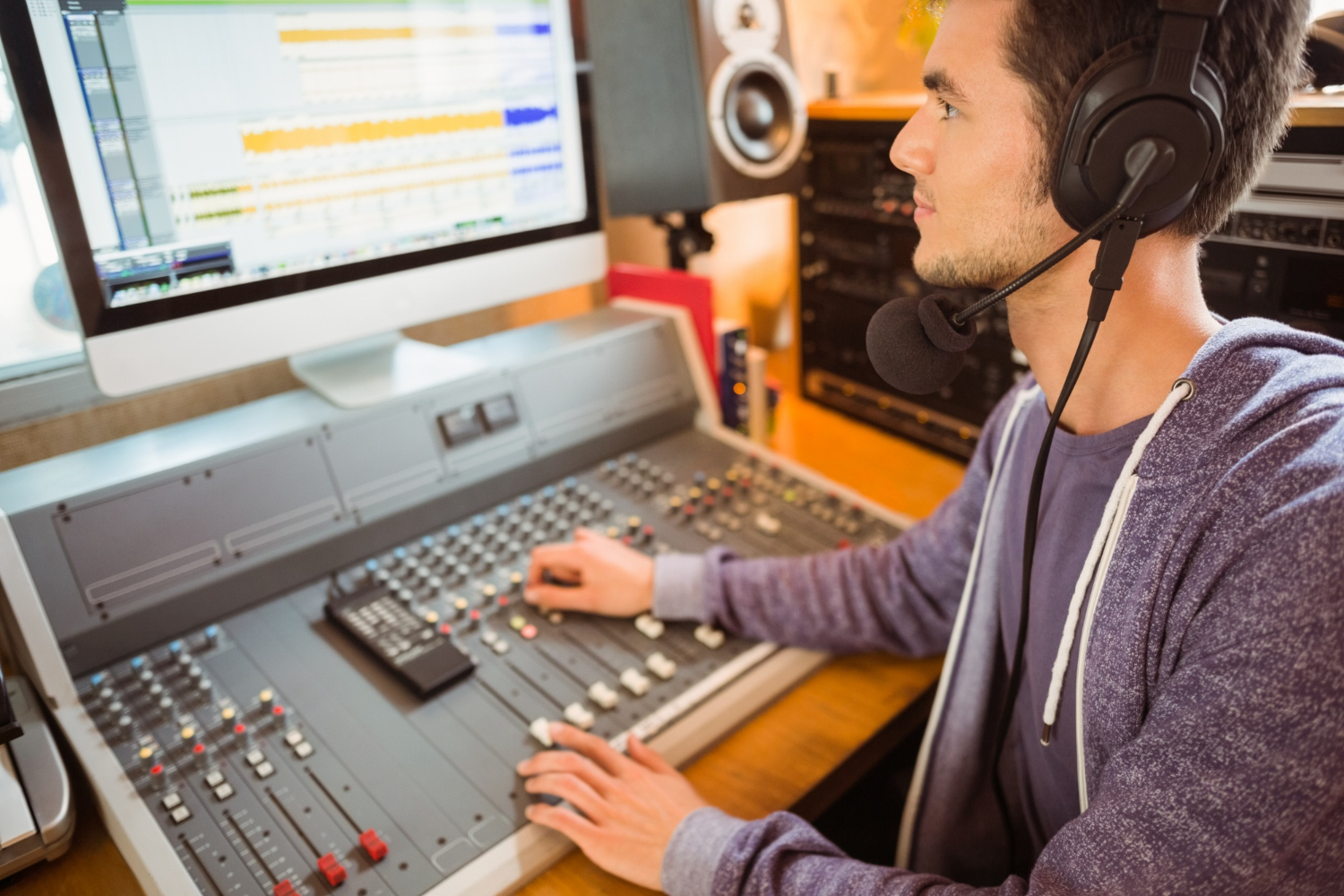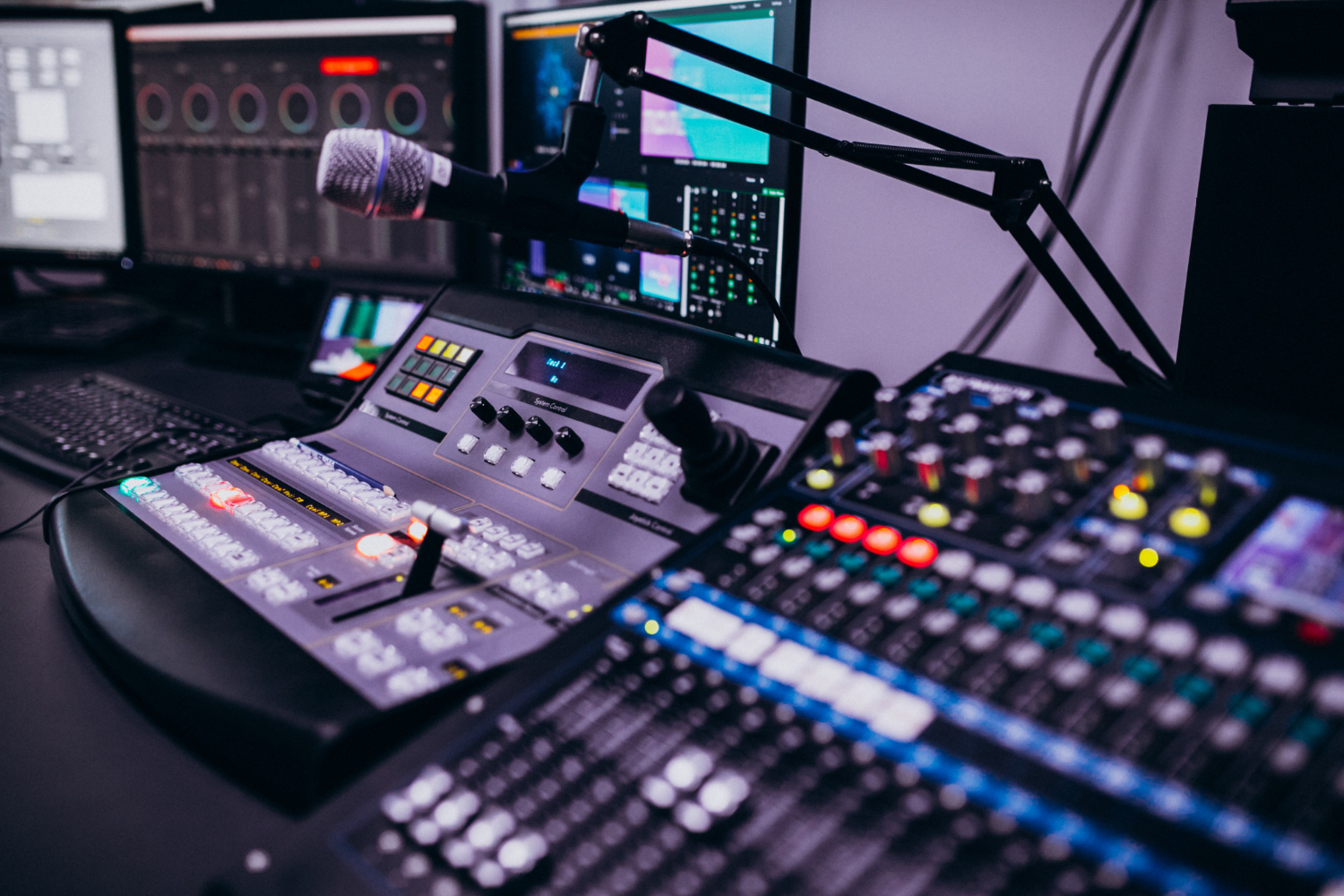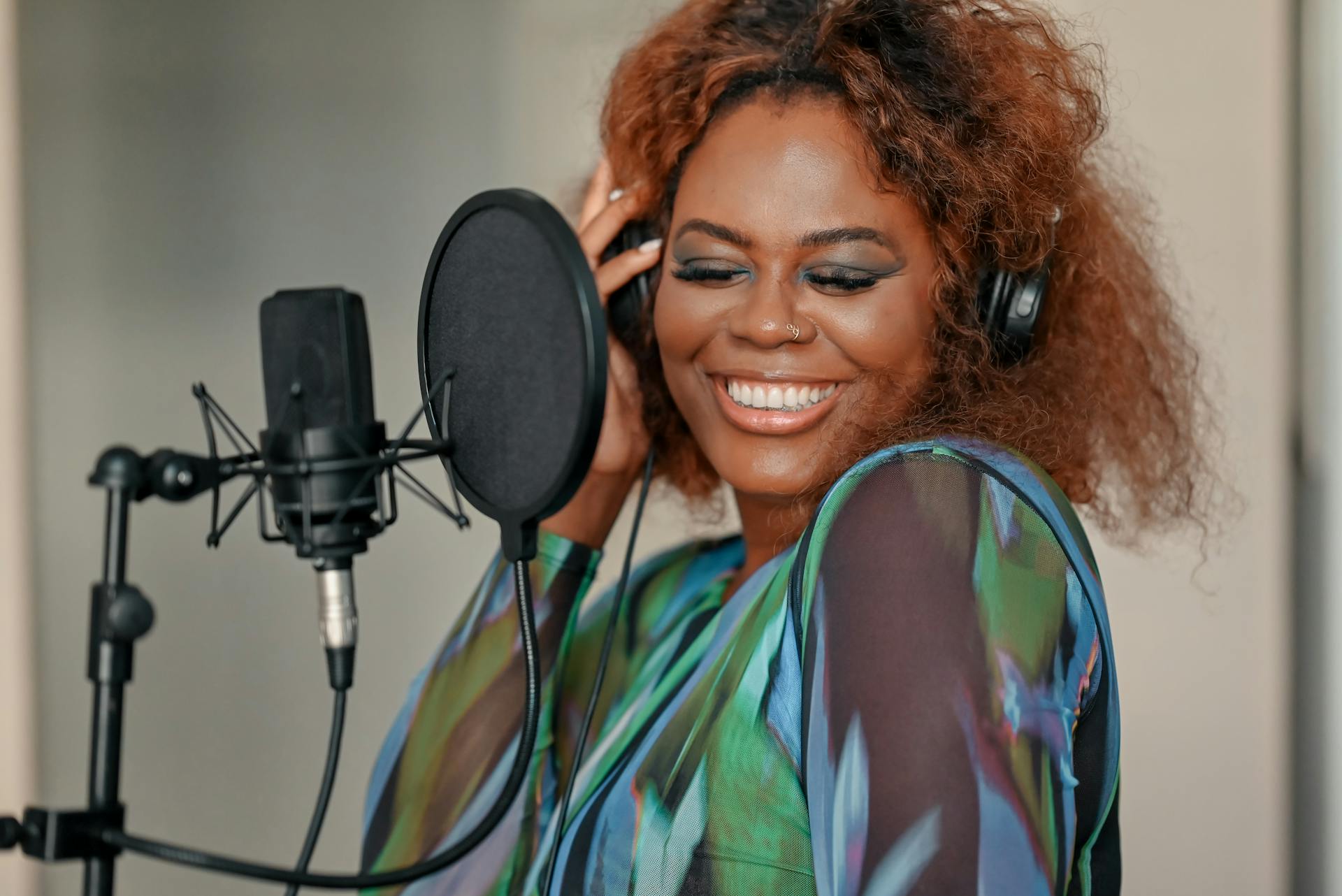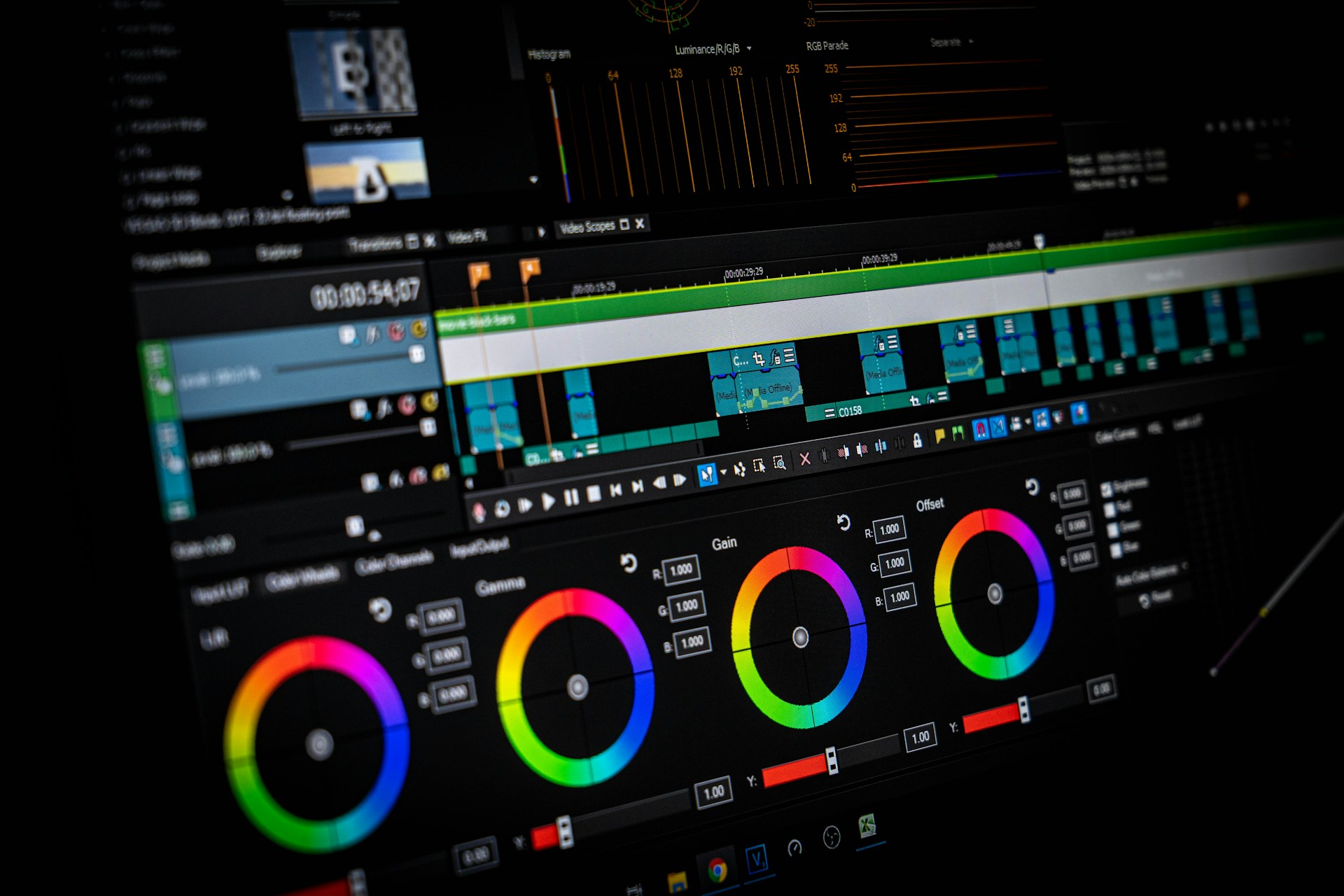Radio commercials remain a powerful tool for reaching a wide audience. Whether you’re driving, cooking, or just relaxing, chances are you’ve listened to the radio at some point. Creating a memorable radio commercial goes beyond just recording a simple message. At Killerspots Agency, we go the extra mile to ensure that every radio commercial we produce grabs attention, delivers the message clearly, and leaves a lasting impression.
Understanding the Essentials of Radio Commercials
Creating an effective radio commercial starts with understanding its essential elements. Each component plays a critical role in capturing the audience’s attention and delivering a clear message.
Target Audience
Knowing who you’re speaking to is crucial. Understanding the demographics and interests of your target audience helps tailor the message specifically to them. This increases the chances that the message will resonate and spark interest.
Clear and Concise Message
Radio commercials don’t offer much time to convey a message, usually about 30 to 60 seconds. That’s why the message needs to be clear and to the point. Avoid jargon or complex language. The focus should be on delivering a single, compelling idea.
Engaging Voice Talent
The voice talent used in a commercial can make a big difference. A voice that matches the tone of the message can help grab the listener’s attention and make the message more engaging. Whether it’s a calm, reassuring voice for a healthcare ad or a lively, upbeat tone for a new product, the right voice can enhance the overall impact.
High-Quality Sound Production
Good sound quality is key to ensuring that a commercial sounds professional and is easy to listen to. Poor sound quality can distract from the message and turn listeners away. Investing in high-quality recording and editing equipment is essential to producing a polished final product.
By focusing on these essentials, we can create radio commercials that not only capture attention but also communicate the message effectively and leave a lasting impression.
The Role of Jingles in Enhancing Radio Ads
Jingles play a vital role in making radio ads more memorable and effective. They add an element of fun and help reinforce the brand message through music.
Memory Trigger
Jingles are designed to be catchy and easy to remember. A good jingle sticks in the listener’s mind, helping them recall the brand or product long after the ad has played. This is especially important in radio ads, where there are no visuals to help reinforce the message.
Emotional Connection
Music has a powerful impact on emotions. A well-crafted jingle can evoke certain feelings that make the listener more receptive to the message. Happy, upbeat music can create positive associations with the brand, while a soothing melody can help build trust.
Brand Identity
A unique jingle can become a part of the brand’s identity. When listeners hear the jingle, they instantly recognize the brand. This quick recognition helps build a strong brand presence and keeps the brand top-of-mind.
Enhancing Message Delivery
Jingles can also make the main message of the ad more engaging. Adding a musical element helps break up the spoken content, making the ad more dynamic and enjoyable. This can increase listener interest and retention.
By incorporating catchy jingles into radio ads, we enhance their effectiveness. They make the ads more memorable, create emotional connections, and strengthen brand identity. Jingles are a powerful tool in the world of radio advertising.
Crafting Compelling Scripts and Messages
A compelling script is the backbone of a successful radio commercial. It’s where the message comes to life and engages the listener. Here’s a breakdown of how to craft effective scripts:
Keep It Simple
Simplicity is key to making sure the message is easily understood. Use clear and straightforward language. Avoid technical jargon or complicated sentences. The goal is to communicate the main idea quickly and clearly.
Focus on One Main Message
Time is limited, so focus on a single, strong message. Decide what the most important point is and build the script around it. Whether it’s a special offer, a new product, or a service, make sure it’s the focal point of the commercial.
Create a Sense of Urgency
Adding a sense of urgency can encourage listeners to take action. Phrases like “limited time offer” or “call today” can motivate the audience to respond immediately. This can lead to better results from the commercial.
Use Engaging Call-to-Actions (CTAs)
An effective script ends with a clear call-to-action. Tell the listeners what you want them to do next, whether it’s visiting a website, calling a phone number, or visiting a store. Make it clear and easy to follow.
By focusing on simplicity, a strong main message, urgency, and an engaging CTA, we can craft scripts that capture attention and motivate listeners to take action.
Techniques for Effective Sound Design and Production
Sound design and production are critical to making a radio commercial stand out. Here are some important techniques to consider:
High-Quality Recording
Start with high-quality recording equipment and a good recording environment. Clear and crisp audio ensures that the message is heard without any distractions. Professional equipment and a soundproof studio can make a big difference.
Sound Effects and Background Music
Adding sound effects and background music can enhance the commercial and make it more engaging. Choose sound effects that complement the message without overpowering it. Background music should set the right tone and match the mood of the message.
Consistent Volume Levels
Ensure that all elements of the commercial have consistent volume levels. This includes voiceovers, sound effects, and background music. Inconsistent volume can distract listeners and make it hard to follow the message.
Use of Professional Voice Talent
Professional voice talent can bring the script to life. They know how to use tone, pace, and emotion to deliver the message effectively. Whether it’s an energetic, upbeat delivery or a calm and reassuring tone, the right voice can make a big impact.
Editing and Mixing
Editing and mixing bring all the elements together. Remove any unwanted noise and make sure transitions between different parts of the commercial are smooth. Mixing the different audio tracks ensures that the final product sounds polished and professional.
These techniques help ensure that the sound design and production of a radio commercial enhance the overall message and keep listeners engaged.
Conclusion
Creating memorable radio commercials involves a mix of clear messaging, engaging jingles, compelling scripts, and high-quality sound design. Each part of the commercial needs to work together to capture the listener’s attention and deliver the message effectively. At Killerspots Agency, we take pride in crafting radio ads that not only stand out but also drive results.
From understanding the target audience to using professional voice talent and sound design techniques, we make sure every detail is perfect. This approach helps create commercials that leave a lasting impression and encourage listeners to take action.
If you’re looking for expert help to create a memorable radio commercial that gets noticed, contact Killerspots Agency. Let us help your message reach a wider audience and make a strong impact.



